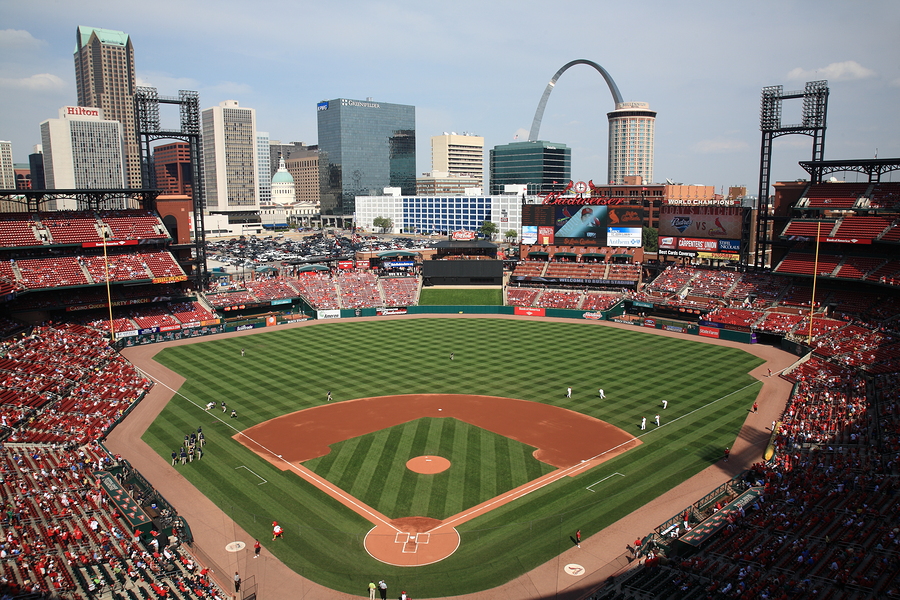As American As Baseball Cards

As Ken Burns famously noted, a hundred years from now, the three best-remembered and uniquely American institutions will be the Constitution, jazz and baseball. Baseball is so bound up with American culture that it almost reflects the country’s borders from the 19th century. While our frontier is gone, the baseball field theoretically extends on forever (a concept present in that other American sport, American football where the goal line theoretically extends forever). Yet, as George Carlin noted while in football you try and score, the goal in baseball is to be safe at home.
The great tension in baseball is that between the emphasis on the individual and that on the collective a tension in American politics as well. There are just as many things about baseball for the political left to rejoice about as for the right. The sport has an anti-trust exemption and its players have literally formed a labor union of millionaires. Sadly, many baseball stadiums were funded with public money and prove to be a bad use of public funds. While indoor stadiums can hold concerts, hockey, and basketball outdoor stadiums are less versatile.
There is also no competitive regulation system in Baseball like in European football. If such a system existed, then the Omaha Storm Chasers — who defeated the Durham Bulls, 2-1, in the 2013 Triple-A National Championship Game – would now be replacing the Houston Astros in MLB. Meanwhile, to make room in Triple-A for the Astros, the Triple-A club from Nashville which managed just 57 wins last year would be demoted to Double-A ball. The geography of the United States and the fact that Triple-A teams are farm teams mean that the regulation method used in Europe would not work here though, though it’s an interesting proposition. I’d also be keen to get rid of the infield fly rule to have the game go quicker.
What makes baseball ultimately American is its obsession with statistics. European football, by contrast, is comparatively devoid of statistics. But, the fact that baseball creates quite a number of set piece situations means statistics are readily available. These statistics, for over a hundred years, have been found not only in newspapers, but also baseball cards. Indeed for most young fans their first encounter with statistics is on the back of a baseball card, which to the young mind can appear as indecipherable as hieroglyphics.
Like lot of people who are in their 20s or 30s, I have hundreds of such cards from the 1980s and 1990s — stacks and stacks of worthless baseball cards. We hold onto them for sentimental reasons perhaps or a secretly held belief that one of those overprinted Ken Griffey Jr. baseball cards will be worth something, someday. Yet, baseball card values like the stock market can take unexpected turns, as captured in a recent set of cards from Left Field Cards which stylized famous sports injuries.
The cards remind us that the truly random is not always captured in statistics. Pitcher Terry Mulholland scratched his eye on a loose feather from a pillow, while Nolan Ryan famously was bitten by a coyote. The sum of the individual cannot be captured in statistics, but, there is no doubt that sports cards are a strong part of what makes baseball an American game.
Follow Joseph Hammond on Twitter. Busch Stadium image courtesy of Big Stock Photo.
